Pricing
At Tech3DPrint, we don’t offer fixed prices. Instead, we assess several key factors to calculate the cost of your project. We need a model to do this. You can supply the model, or we can quote on the process to create one for you.
Factors Influencing Your Project’s Cost
Since each project is unique, the prices for our services depend on the key factors below, ensuring transparency for all our 3D printing services.

Design complexity
Complex designs with more details will take more time and effort to create.

Modeling costs
If you don't already have a 3D model for your project, we can create a unique one for you.

Material & time
Some materials may take longer to print or need special care during printing.

Support & process
Designs with parts that bridge over a gap or have sharp, steep angles may need supports.

Small batch cost
Producing small batches typically takes more time and resources than larger batches.

Custom quotes
Custom quotes based on your specific requirements, design, material, and timeline.
Have a project?
We’re always ready to provide competitive and fair pricing based on the factors above. Contact us today for a detailed, personalized quote for your project.
© 2025 All Rights Reserved, Tech3DPrint
